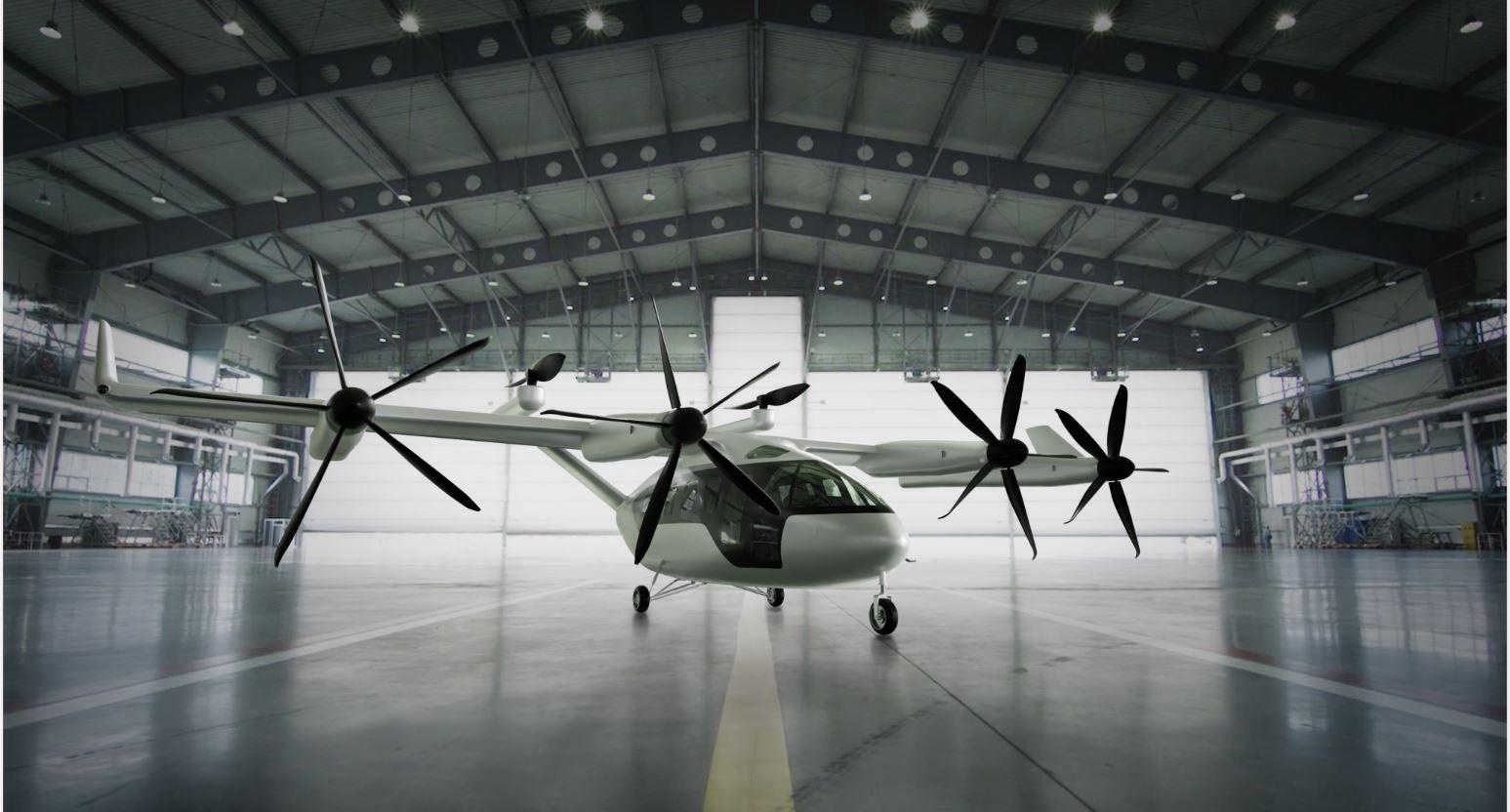
The LimoConnect can carry up to seven passengers or 550 kg (1,100 lbs.) of cargo.
Credit: Limosa
Canadian advanced air mobility (AAM) startup Limosa has partnered with Montreal-based air ambulance operator Airmedic to explore using electric vertical-takeoff-and-landing (eVTOL) vehicles for emergency medical missions.
The strategic partnership will see Airmedic lend its operational expertise to Limosa, providing feedback for the configuration of the special medical version of the LimoConnect. The agreement does not include any commitments to purchase the aircraft, but Limosa CEO Hamid Hamidi says that the next phase of the collaboration will likely involve order activity.
Hamidi says that Airmedic and Limosa will be holding weekly meetings to determine the optimal configuration and equipment needs of the cabin, with Airmedic making available members of its certification, medical and operating teams to consult with the startup.
Limosa has already settled on a preliminary configuration for its air ambulance cabin, including single-stretcher and two-stretcher versions, although Hamidi said the latter may be challenged by Quebec government requirements that each stretcher accommodate a passenger weighing up to 500 lb. (226 kg), as well as accompanying medical crew and portable oxygen containers.
With a customizable interior and a spacious cabin that can carry up to seven passengers or a 500-kg (1,100-lb.) payload, Hamidi says that he views air ambulance services as an ideal application for the LimoConnect.
“We have a flexible interior design and a much larger cabin than many of our competitors, so we see these air ambulance services as a niche mission set that we can meet more efficiently than others,” he says, drawing a comparison between the seven-passenger cabin capacity of the LimoConnect versus the four-passenger cabins of other well-known eVTOL startups.
Along with regional transportation and cargo/logistics, he expects that emergency medical transport could help persuade skeptical governments and community groups about the public benefits of AAM, serving as a stepping stone to introducing more commercial passenger services. “When you’re out there saving lives, there will be very little issues in terms of public acceptance,” he says. “And in terms of infrastructure, you have helicopter landing pads already at the hospitals, so it would be fairly easy for us to get started.”
The partnership announcement comes several months after Limosa unveiled its redesigned V2 LimoConnect over the summer, which halved the number of moving parts and tilting mechanisms in the distributed propulsion system. The redesigned version has four tilting propellers for cruise and four fixed propellers for vertical flight; the previous design used all eight propellers for both flight modes.
Limosa has been flying with a ⅛ subscale prototype, generating data that will feed into the design of larger models. All partners for the components of the aircraft have been locked in, says Hamidi, and the company has now begun work on manufacturing its iron bird test rig. At the same time, the startup is moving ahead with the dedicated design for its experimental aircraft.
Limosa now expects to have a full-scale prototype completed sometime around the end of 2024, by which time it also expects to have its G-1 certification basis approved by Canadian regulators.
Entry-into-service for the LimoConnect is tentatively expected for 2028.
